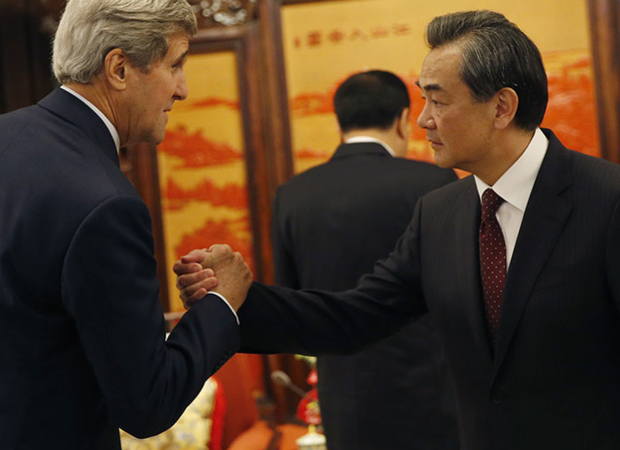China’s “New Normal”: Structural Change, Better Growth, and Peak Emissions
on June 8, 2015
China has grown rapidly—often at double-digit rates—for more than three decades by following a strategy of high investment, strong export orientation, and energy-intensive manufacturing. While this growth lifted hundreds of millions out of poverty, it also heightened problems of inequality—personal, regional, and urban-rural—and intensified pollution, congestion, and greenhouse gas emissions. Recognizing these difficulties, as well as the maturation of China’s economy in terms of skills, productivity, and rising wages, and slower growth in some of China’s traditional export markets, the economic strategy has changed. China has now entered a new phase of economic development—a “new normal”—focused on better quality growth. From structural changes in the economy to explicit policies on efficiency, air pollution, and clean energy, China’s new development model is continuing to promote economic growth while driving down its greenhouse gas emissions.





